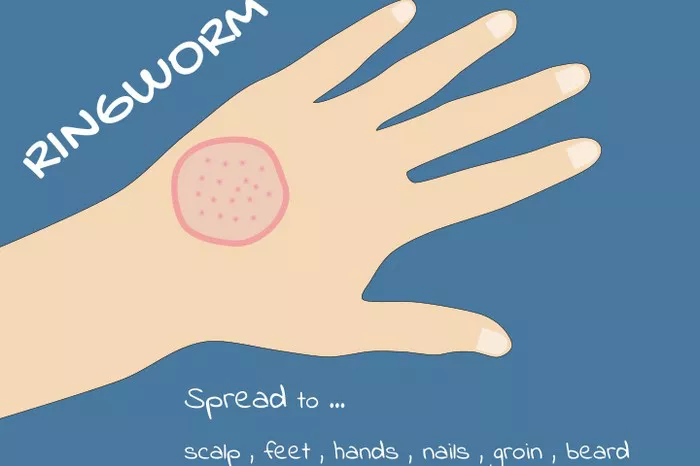Hives, medically known as urticaria, are a common skin condition characterized by raised, itchy welts that can vary in size and shape. While hives themselves are not contagious, the underlying causes and triggers can sometimes be transmittable or shared among individuals. Understanding the transmittable nature of hives is essential for effective management and prevention. In this article, we will delve into the causes, symptoms, and treatment options for hives, with a focus on transmittable factors.
Causes of Hives: Allergens, Infections, and Autoimmune Responses
Hives can be triggered by a wide range of factors, including allergens, infections, and autoimmune responses. Allergic reactions to foods, medications, insect stings, or environmental factors such as pollen or animal dander are common causes of acute hives. These allergens can be transmittable if individuals come into contact with the same allergenic substance.
Infections, particularly viral infections like the common cold, influenza, or hepatitis, can also trigger hives in some individuals. While hives themselves are not contagious, the underlying infections that cause them can be transmittable from person to person.
Furthermore, autoimmune disorders such as lupus or thyroid disease can lead to chronic hives due to an overactive immune response. While autoimmune diseases are not directly transmittable, they can have a genetic component, meaning predisposition to autoimmune disorders may be inherited within families.
Symptoms of Hives: Itchiness, Redness, and Swelling
The hallmark symptom of hives is the development of raised, red welts on the skin that are typically accompanied by intense itching. These welts can appear suddenly and may change shape or location within minutes to hours. In some cases, hives may be accompanied by swelling of the lips, tongue, or throat, which can be indicative of a severe allergic reaction known as anaphylaxis.
The itching and discomfort associated with hives can be debilitating and significantly impact quality of life. While hives themselves are not contagious, scratching the affected areas can lead to skin damage and potential secondary infections, which may be transmittable.
Transmission of Hives: Understanding Allergen Exposure
While hives themselves are not contagious from person to person, certain allergens that trigger hives can be transmittable. For example, if an individual with a peanut allergy comes into contact with peanuts and develops hives, others who come into contact with the same peanuts may also experience an allergic reaction if they are sensitive to peanuts.
Similarly, certain viral infections that can trigger hives, such as the herpes simplex virus or hepatitis B, can be transmittable through close contact with an infected individual. While the hives themselves are not directly contagious, the underlying viral infection responsible for triggering them can be passed from person to person.
It’s essential to recognize the potential transmittable nature of allergens and infections that can trigger hives and take appropriate precautions to minimize exposure and risk.
Treatment Options for Hives: Antihistamines, Corticosteroids, and Avoidance Strategies
The primary goal of hives treatment is to alleviate symptoms and identify and address underlying triggers. Antihistamines are the first line of defense against hives and work by blocking the effects of histamine, a chemical released by the body during allergic reactions. Over-the-counter antihistamines such as cetirizine or loratadine can help relieve itching and reduce the appearance of hives.
In cases of severe or persistent hives, corticosteroids may be prescribed to reduce inflammation and suppress immune responses. However, long-term use of corticosteroids is generally avoided due to the risk of side effects.
Avoidance of known triggers is also an essential aspect of managing hives. This may involve identifying and avoiding specific foods, medications, or environmental factors that trigger allergic reactions. In cases where the trigger is unknown, keeping a detailed journal of symptoms and potential exposures can help identify patterns and triggers over time.
Preventing the Transmission of Hives: Education and Awareness
While hives themselves are not contagious, education and awareness about the transmittable nature of allergens and infections that can trigger hives are crucial for preventing their spread. Individuals with known allergies should take steps to avoid allergens and carry appropriate medications, such as epinephrine auto-injectors, in case of severe allergic reactions.
Practicing good hygiene, such as frequent handwashing, can also help prevent the transmission of infections that may trigger hives. Additionally, individuals should be mindful of sharing personal items such as utensils, towels, or cosmetics, especially if they have active hives or infections.
Conclusion
Hives are a common skin condition characterized by raised, itchy welts that can be triggered by a variety of factors, including allergens, infections, and autoimmune responses. While hives themselves are not contagious, the underlying causes and triggers can sometimes be transmittable or shared among individuals.
Understanding the potential transmittable nature of hives triggers is essential for effective management and prevention. By identifying and avoiding known triggers, practicing good hygiene, and raising awareness about the importance of allergen and infection control, individuals can reduce the risk of hives and promote skin health and overall well-being.

























